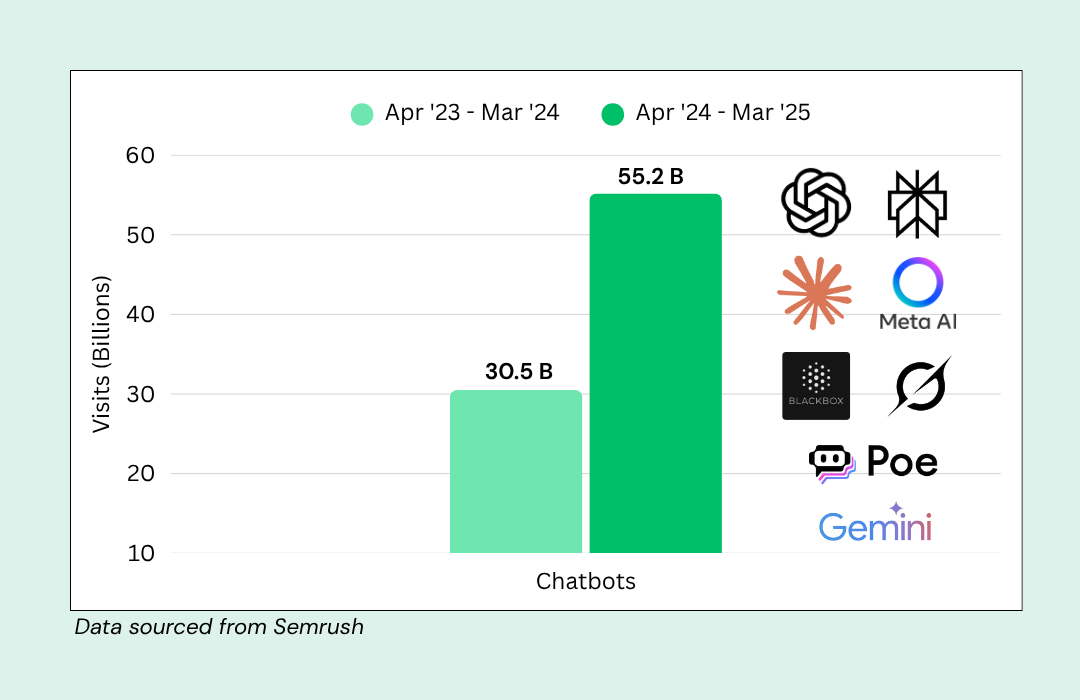Ever wondered how the sales ops role has evolved from past to present? What challenges do sales ops professionals face today? And, more importantly, how will improving the Opportunity-to-Close (OTC) process support your sales ops strategic initiatives?
What is Sales Ops?
Sales ops is the scientific combination of sales management, forecasting, analytics, reporting, and technology that creates an optimized workflow that aligns to a set of business activities and processes in order to help a sales organization run effectively, efficiently, and in support of business strategies and objectives.
What Best Practices Should You Follow?
Over the course of a few months, I’ve had the pleasure of speaking with several inspiring and talented sales ops leaders and discussing these topics that are top of mind for sales ops professionals today.
Based on their input, I’ve compiled a list of the top 3 sales ops best practices any sales ops professional should follow:
1) Aim High!
The role of sales ops has reached new heights, and it’s imperative that those in the role recognize their potential to make a strategic impact on the business and approach the role accordingly.
Candi Bashiri, Director of WW Sales Business Applications at Wind River, a global leader in delivering software for intelligent connected systems, describes her perspective on the changing sales ops role:
“In the beginning sales ops used to be more about — how do we process an order? Or, how do we capture a deal? The process was all very technical and system-oriented. That said, I think the role of sales operations has drastically shifted from being caught in the ‘land of the tactical’ years ago to being a real strategic partner to the business, driving efficiencies and greater visibility into the sales execution process.”
Candi goes on to say that the “the top-of-mind questions we ask ourselves today are more along the lines of — what is the right methodology, and how should we manage it? The focus now is helping sales reps, managers, and the leadership team make better decisions throughout the sales cycle so they are better positioned to close more business, faster.”
2) Create a Plan
You need to be constantly improving your Opportunity-to-Close (OTC) process to support strategic initiatives.
The OTC process starts when a sales rep qualifies a lead into pipeline and ends when the deal gets signed. Successfully navigating the OTC process (which is sandwiched between the lead-to-opportunity (LTO) and quote-to-cash (QTC) processes) depends on sales reps, sales managers, sales execs, and supporting teams like sales ops coming together to do these three things really well:
- Opportunity Management
- Pipeline Inspection
- Forecast Management
Yet, somewhere between identifying a solid prospect and getting them to sign, the end-to-end sales motion is stalling out, which causes sales teams to seek out ways they can improve their OTC process.
Erin O’Leary, Senior Director of WW Commercial Sales Operations and Enablement from ForeScout Technologies, a company known for transforming enterprise security through visibility, describes what the ForeScout team is doing to improve their OTC process:
“By pinpointing exactly where in the sales process we are doing well and where there are bottlenecks allows us to tailor our enablement strategy to enhance our overall sales execution and drive higher productivity and more revenue.”
Jennifer Ryan, Director of Public Sector Sales Operations, also at ForeScout Technologies, recommends that, “At the ground level, the field needs more visibility as well as solid information to help direct time and focus appropriately on the right deals — in real time, while on the move.”
Candi Bashiri also shares several key questions that the Wind River team addresses to improve their overall opportunity-to-close process:
“Is the team focused on the right opportunities? How likely is a deal to close this quarter? What factors might help increase its likelihood of closing? Where do we have the biggest risk right now in pipeline? And, ultimately, will we hit the numbers we’ve forecast?”
3) Stay Data-Driven!
Leveraging the power of data to the fullest is the best way to help the sales ops team journey out of the land of the tactical and pivot increasing cycles to more strategic initiatives.
As Erin O’Leary recommends,
“Efficiency is critical. We have limited resources, but an expanding mandate. Enhanced data analytics have helped us to be able to set the strategy, design an execution plan and set expectations, inspect and measure against the plan, and then assess and adjust our assumptions to better inform next year’s plan.”
Anne Pao, former Director of Sales Operations and Analytics, now Director of Decision Support Systems and Integration, at Medallia, a leader in Customer Feedback Management (CFM), also supports this data-driven notion and shares the importance of data analytics in her role:
“Medallia is the first enterprise SaaS company I’ve worked for, and with a large and expanding salesforce, the leadership team is hungry for analytics that shape a deep and holistic understanding of performance across all levels of the team. As former Director of Sales Operations and Analytics, I was constantly focused on helping the sales leadership team become more data-driven and driving scalable approaches to analytics from within the sales ops team.”
Ultimately, Anne recommends:
“Always leverage the data that is in front of you and encourage data-driven conversations throughout the entire sales organization — not just at leadership level! Lastly, think about the change management and roll-out process associated with a sales technology. Proper change management and enablement is crucial for adoption and scale of technologies within any department or company!”
Key Takeaways
Embrace the opportunity to aim high in terms of the strategic impact that’s possible and how you frame the true north for your sales ops team.
Start initiating and creating a plan to reinvent your Opportunity-to-Close (OTC) process, which involves improving the way sales reps, sales managers, and sales execs do forecast management, opportunity management, and pipeline inspection.
By unleashing the insights buried in your systems’ data, you will be able to enhance efficiencies within your sales team, play a bigger role in shaping sales strategy, and improve overall sales execution processes.







